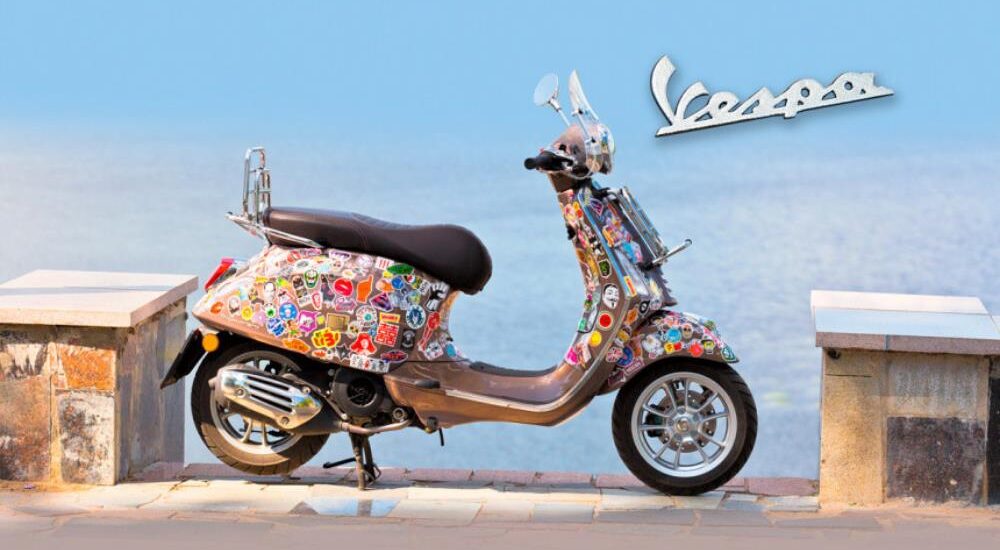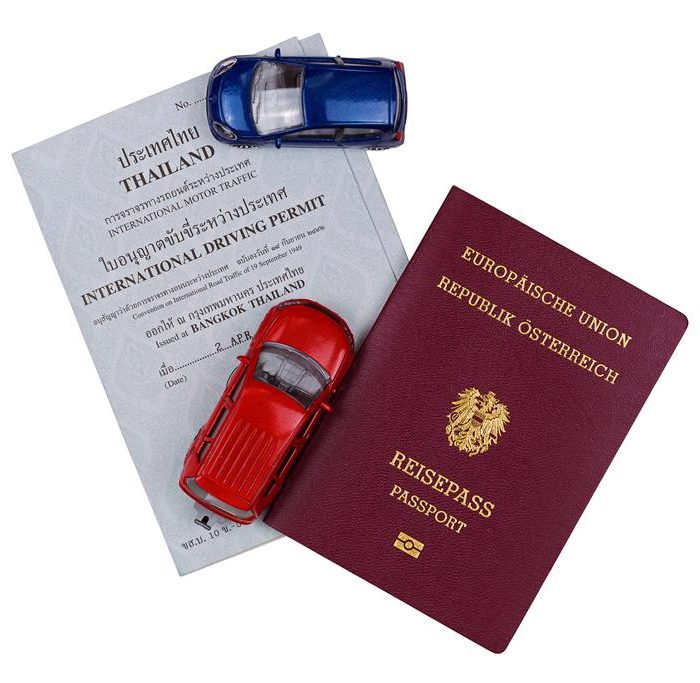Dieser Roller wurde 1946 in Italien in direktem Widerspruch zu allen bestehenden Normen entwickelt und veränderte die Welt. Ein Stahlkarosserierahmen, der das Motorrad mit einem Dreiganggetriebe trägt. Die Maschine reiste durch Zeit und Kinematographie, durch Seelen und Raum, und überall wurde italienisches Wunder geklont! Das ist Vespa. In unserem Fall ist es die Vespa Primavera Touring 150.
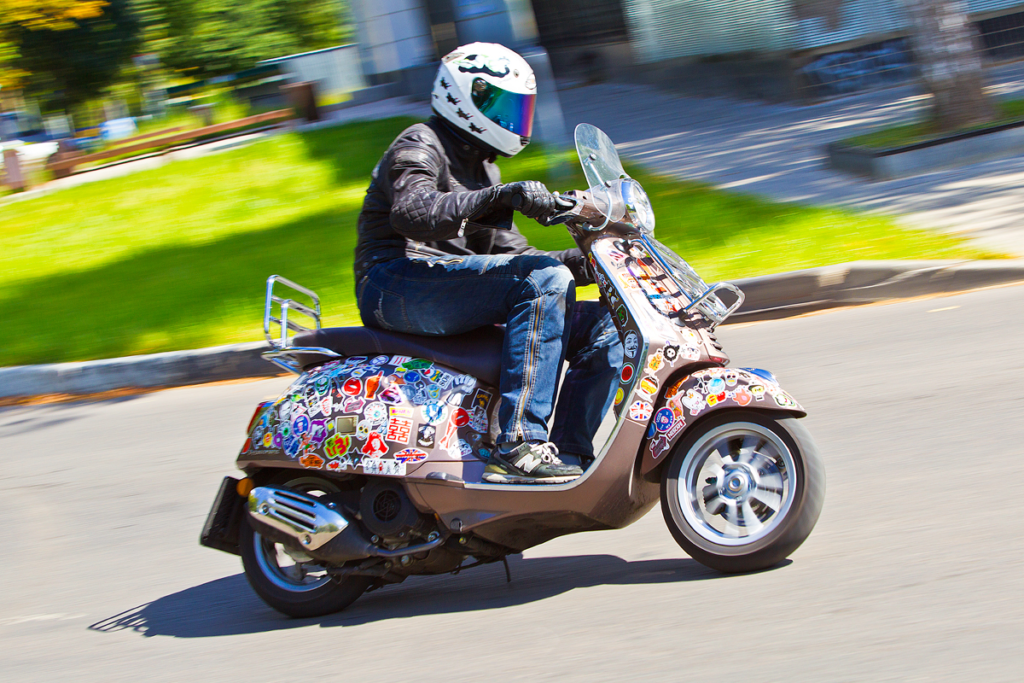
In der UdSSR gab es nie Vespas. Länder der Hauptstadt kauften Lizenzen von den Italienern: Spanien und Frankreich, England und Deutschland. Und unser Vyatka VP-150, der von 1957 bis 1966 in der UdSSR auf dem Fließband blieb, wurde ehrlich gesagt „ausspioniert“. Auch in den nachfolgenden Motorrollern des Vyatsko-Polyansky Molot-Werks – im Vyatka VP-150M, der bis 1974 produziert wurde, und im Electron, der erst 1979 eingestellt wurde – war ein wenig prickelnde italienische Essenz vorhanden.
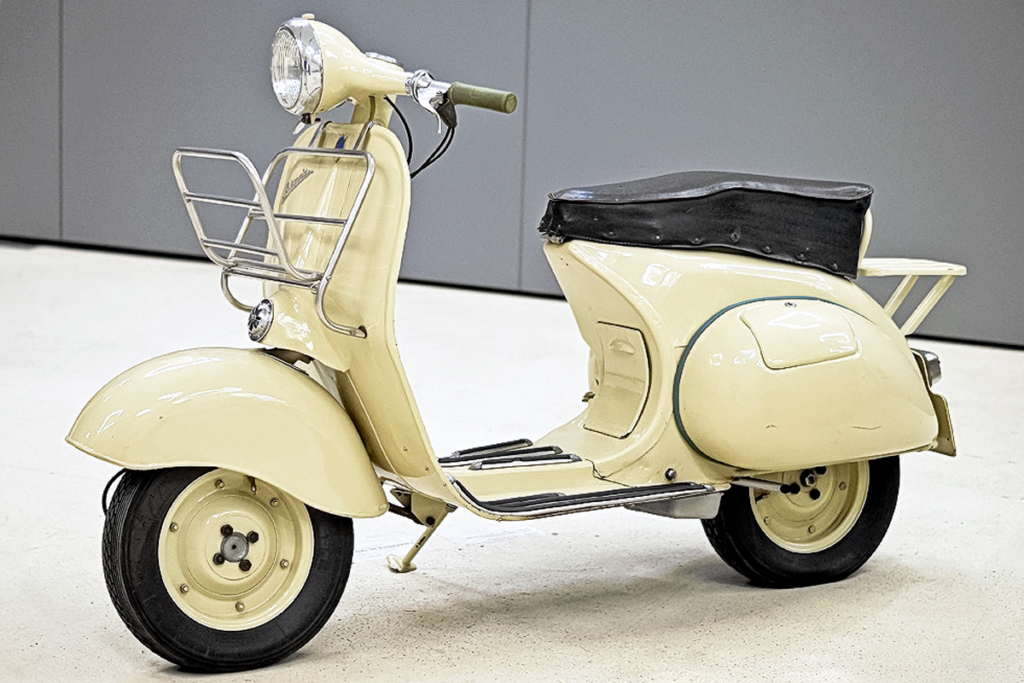
Wjatka VP-150
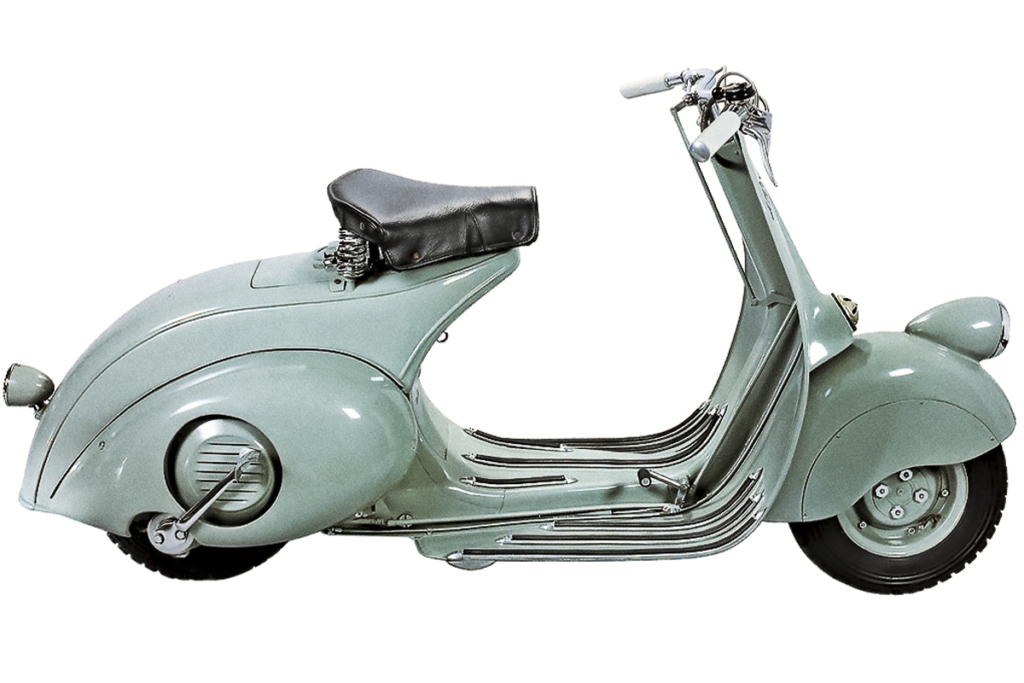
Vespa
Heutzutage stellt in Russland niemand mehr Motorroller her, außer der Montage „chinesischer“. Aber die Vespa ist auch nach 72 Jahren noch am Leben: Das Erbe und die Kontinuität der Generationen sind hundertprozentig erhalten! Das moderne Modell Primavera Touring 150 hat immer noch die gleiche Monocoque-Karosserie (man muss nur die Weitsicht des Luftfahrtingenieurs Corradino de Ascanio schätzen, der so extravagante und mutige Lösungen anwendete!), einen Einzylindermotor mit forcierter Luftkühlung. Der einzige Unterschied besteht darin, dass das Getriebe längst durch einen Variator ersetzt wurde, der Vergaser einem Kraftstoffeinspritzsystem gewichen ist, der vordere Bremssattel mit einem einfachen Einkanal-ABS ausgestattet ist und die hintere altmodische „Trommel“ Die Bremse wurde zurückgelassen.

Die praktischen Gepäckträger sind bis zu 4 kg belastbar, aber Vorsicht vor Überlastung.
Der Handschuhfachdeckel ist riesig, aber lassen Sie sich nicht täuschen: Im Inneren ist nicht viel Platz.
Zu den Annehmlichkeiten zählen ein USB-Anschluss im Handschuhfach, der „ein durchschnittliches Smartphone“ aufnehmen kann, federbelastete Gepäckträger vorne und hinten (immerhin haben wir die Touristenmodifikation – Vespa Primavera Touring 150 3V ABS E4), a Haken für Taschen, der vom Vordersitz ausgeht, und eine kleine Windschutzscheibe, die sich überraschenderweise als effektiv erwies. Und die Ergonomie überraschte angenehm: Ich hatte nicht damit gerechnet, auf dieser eleganten „italienischen Schönheit“ eine bequeme Position zu finden, aber ich habe es geschafft, und sie ist recht bequem, mit viel Platz für einen Passagier dahinter.
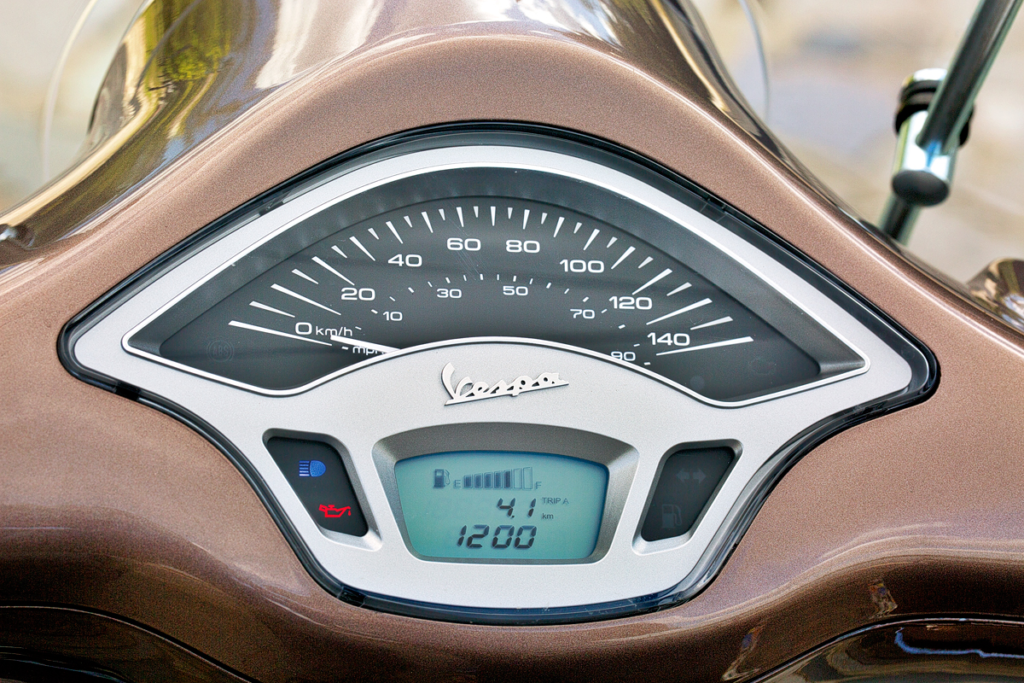
Stil geht mit Informationsgehalt einher und der Füllstandssensor gefällt.
Nach meinen Lieblingssporträdern ist das eine ganz andere Welt! Dabei kommt es weder auf die Leistung, noch auf mögliche Schräglagen, noch auf Höchstgeschwindigkeit, noch auf alle Konstellationen der Zusatzelektronik an.

Im Handschuhfach findet problemlos ein mittelgroßes Smartphone Platz, außerdem gibt es einen USB-Anschluss – eine smarte Lösung.
Dynamik ist bis 70 km/h vorhanden – darüber hinaus geschieht alles in Zeitlupe, obwohl auf dem Tacho schmeichelnde 110 km/h zu sehen sind (was den tatsächlichen 105 km/h entspricht). Natürlich reichen 154,8 Kubikzentimeter Hubraum und 12,9 PS kaum für den flotten Stadtstrom, aber bei Vollgas behinderte ich niemanden. Eine andere Frage ist, wie lange das Aggregat hält, wenn man es ständig „im roten Bereich“ hochdreht?
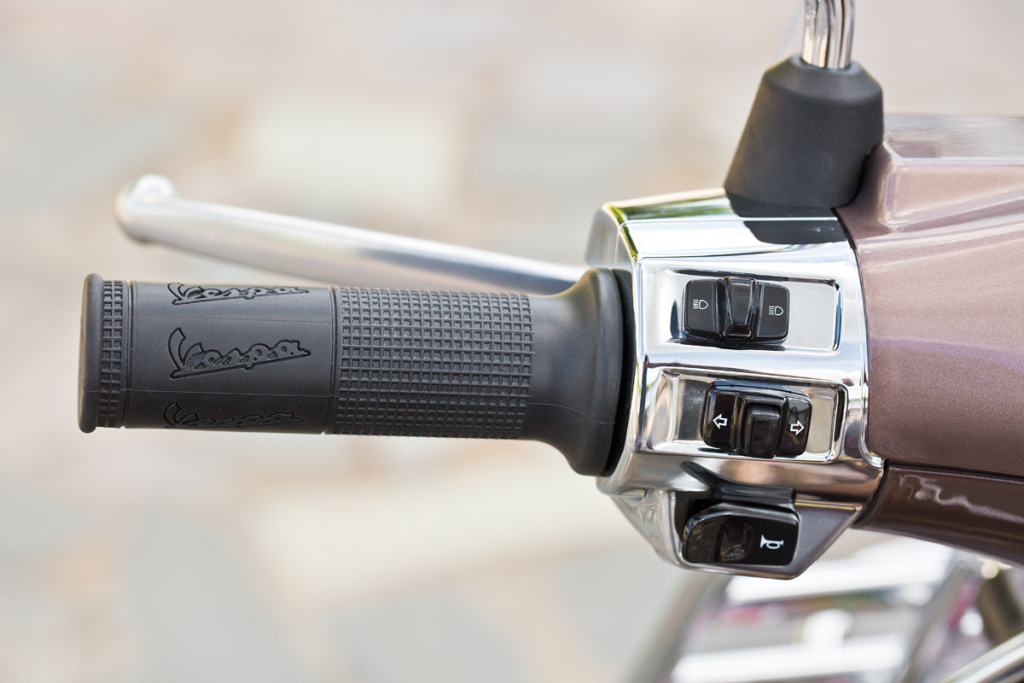
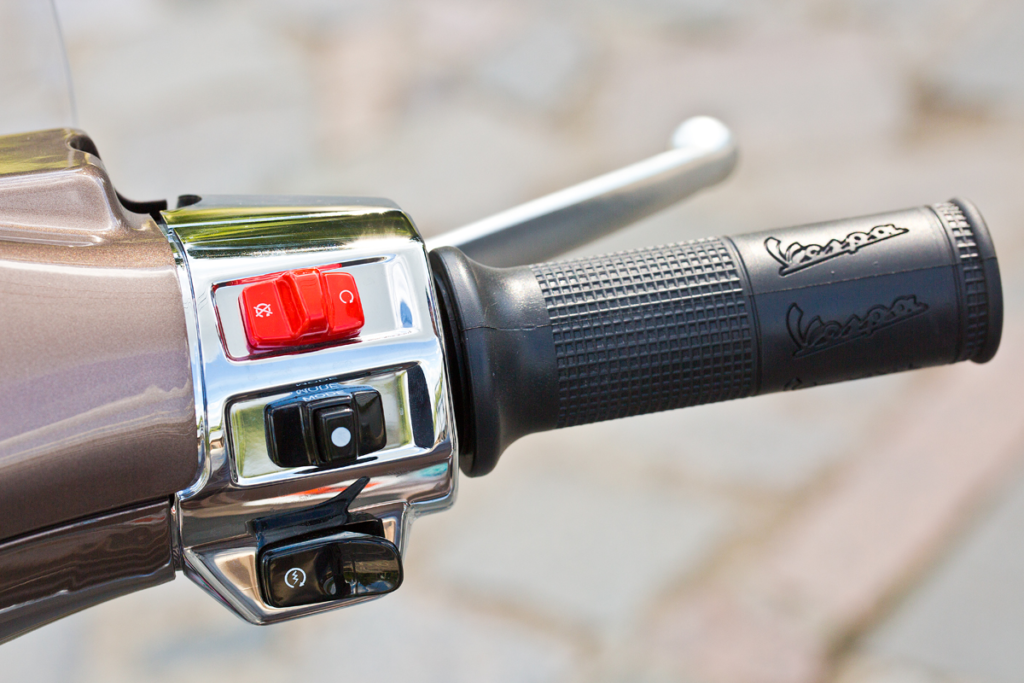
Es ist besser, Ihr Konzept zu ändern. Es besteht kein Grund zur Eile. Dann stellt sich das Gefühl von Harmonie und Stil ein. Selbst bei maximaler Motordrehzahl gibt es praktisch keine Vibrationen, und der Motor selbst ist leise und unauffällig. Der Kraftstoffverbrauch von 2,5 Litern pro 100 Kilometer Fahrt ermöglicht die entspannte Betrachtung all dessen, was sich meditativ bewegt. Ja, die winzigen Räder sorgen dafür, dass man sehr genau auf Unebenheiten achten kann, und das Überfahren von Bremsschwellen erfolgt „flüsternd“. Allerdings neigt es sich in Kurven und ändert die Richtung so mühelos, dass es sich anfühlt, als würde es die Bewegungen Ihrer Augenbrauen lesen. Auf glatten Straßen sorgt die Basisfederung für akzeptablen Komfort. Mit einer kompakten Breite von nur 735 mm verwandelt sich der Primavera in eine Art Fahrrad zwischen den Autoreihen, allerdings in ein sehr schnelles. Das Bremspotenzial wird übrigens nicht durch die eher bescheidene 200-mm-Scheibe mit einsamem Zweikolben-Bremssattel vorne und einer archaischen Trommelbremse hinten begrenzt, sondern durch die Größe der Reifen: 11 Zoll – die Sorte das würde perfekt auf Spielzeugautos passen.
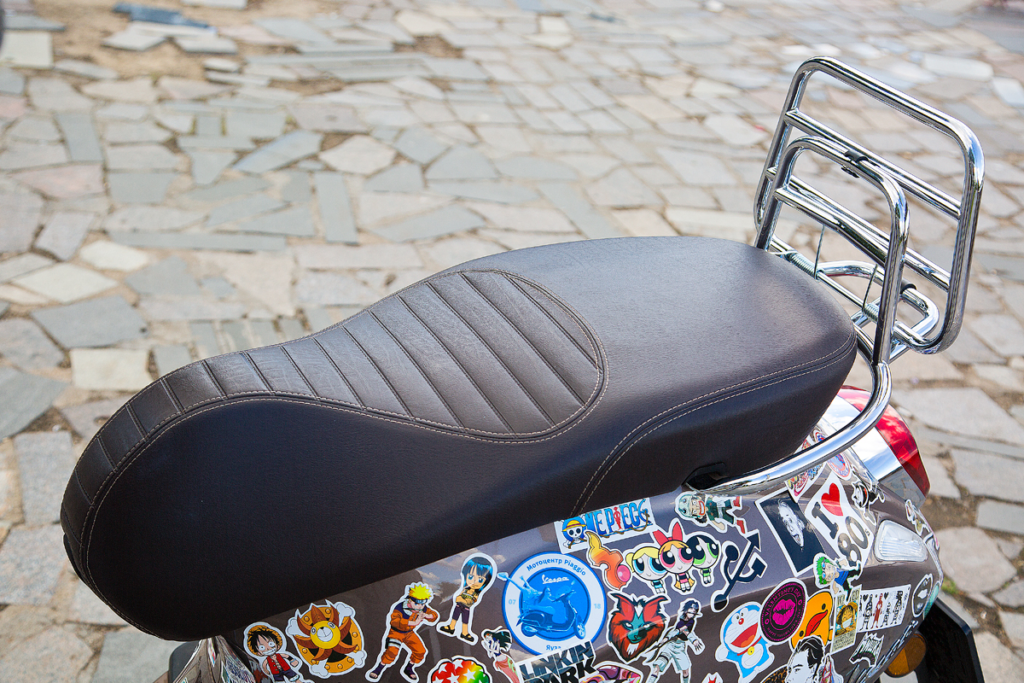
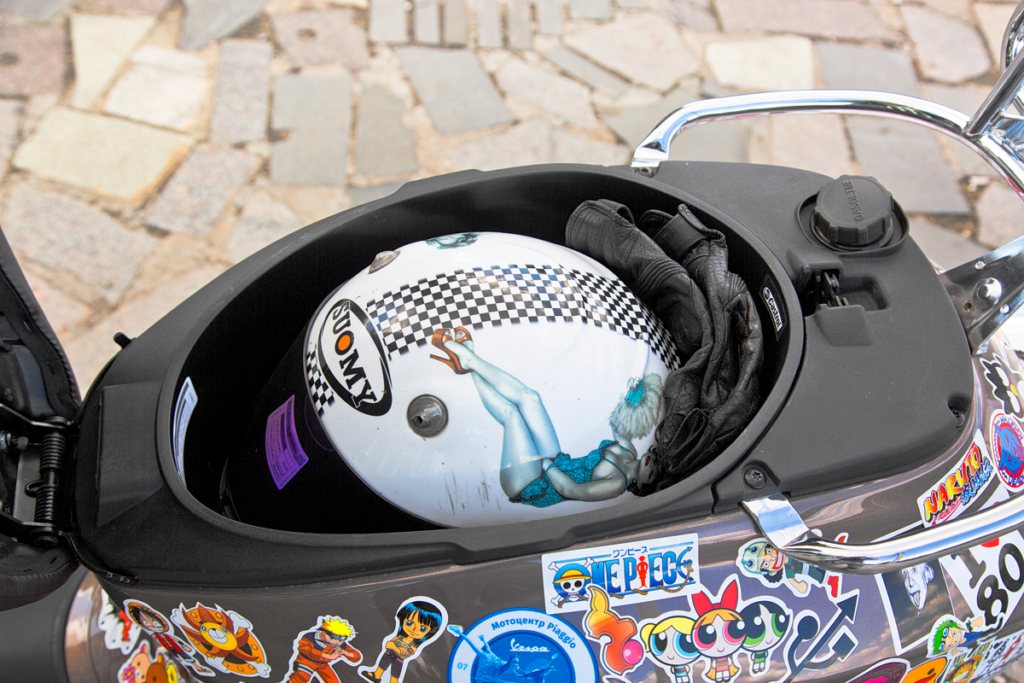
Ein geschlossener Helm passt unter den Sitz – nicht geräumig für einen Roller, aber bewohnbar.
Nach der Fahrt mit der Vespa hatte ich ein ungewöhnliches Gefühl: Es ist, als würde klassische italienische Musik in mir spielen. Mal sehen, wie viel kostet der Primavera bei einem russischen Händler? Wow, 411.000 Rubel. Aber in diesem Format gibt es den ordentlichen und zuverlässig störungsfreien Yamaha NMax 150, der deutlich günstigere 270.000 Rubel kostet. Und wenn es Ihre Religion zulässt, können Sie sich sogar auf chinesischer Seite an alles Schwere wagen: Das taiwanesische Paar SYM Symphony SR 125 und Kymco Agility City 125 gibt es für rund 100.000 Rubel.
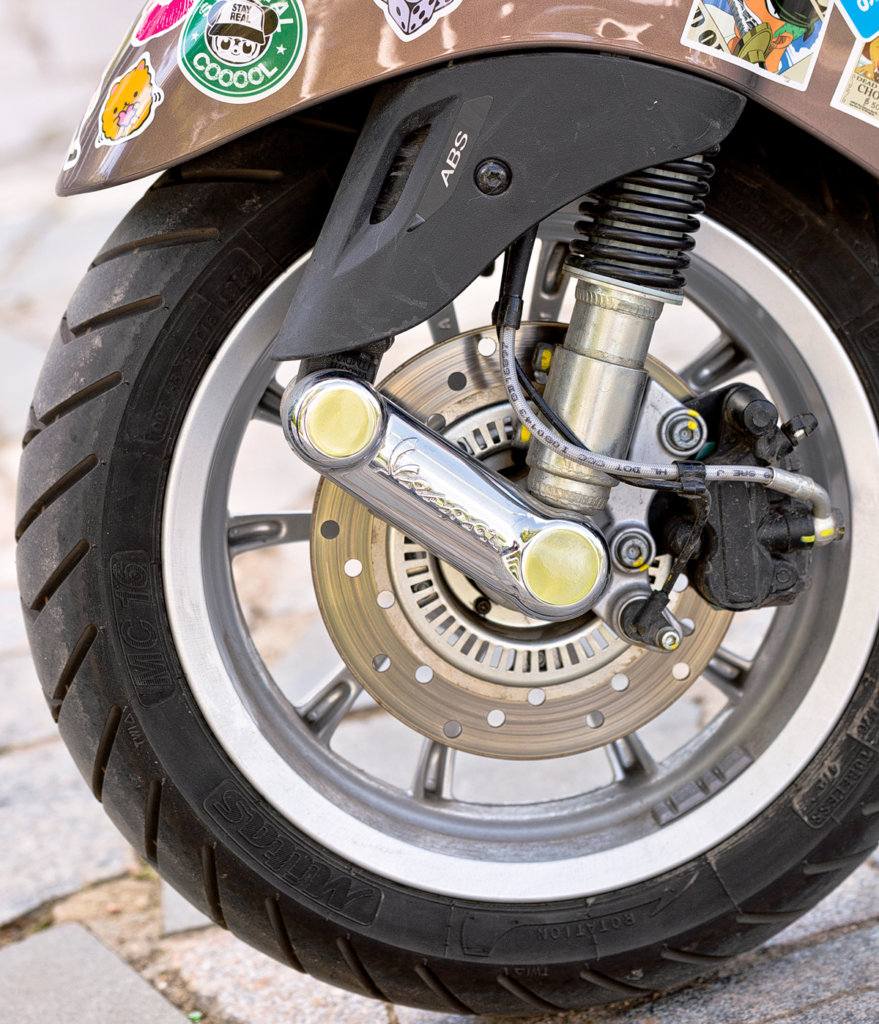
ABS ist von unschätzbarem Wert, aber die hintere Trommelbremse funktioniert auch ohne: Das System wirkt nur auf das Vorderrad. Hebelaufhängung – eine Tradition, die auch den Radaus- und -einbau vereinfacht.
Wenn wir jedoch die taiwanesische Option nicht in Betracht ziehen, herrscht hier völliges Schweigen über andere Akteure auf dem Markt für Motorroller mit kleinem Hubraum. Sie alle leben in Europa. Und sie fühlen sich dort ganz wohl. Aber da und hier ist die schlanke Primavera (Vespa bedeutet aus dem Italienischen „Wespe“ oder „Hornisse“) teurer als die meisten Konkurrenten. Weil es das einzig Wahre ist. Für wahre Genießer. Im vergangenen Jahr zählte man in der Alten Welt rund 50.000 dieser Ästheten – hierzulande waren es gerade mal 100 Motorrad-Kunstbegeisterte.
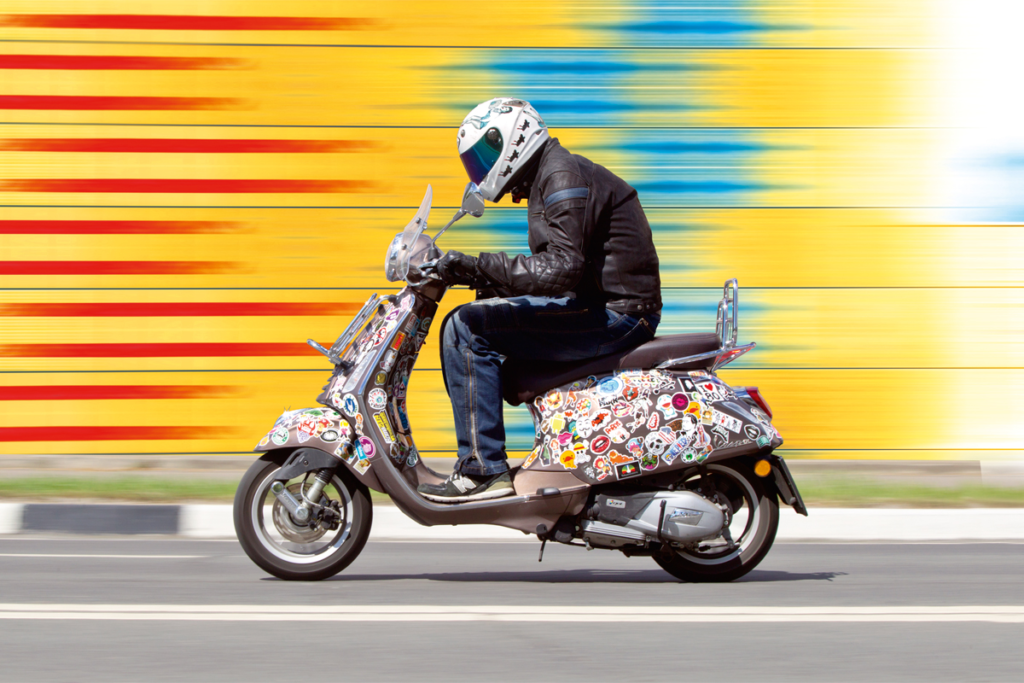
| Roller | Vespa Primavera Touring 150 3V ABS E4 |
| Abmessungen, mm Länge Breite Höhe | 1860 735 1145 |
| Radstand | 1340 |
| Sitzhöhe | 780 |
| Bodenfreiheit | 125 |
| Gabelwinkel/Versatz, Grad/mm | N/D* |
| Rahmen | Monocoque aus Stahl |
| Leergewicht, kg | 126 |
| Anzahl und Anordnung der Zylinder | 1, vertikal |
| Zylinderdurchmesser/Hub, mm | 58/58.6 |
| Kompressionsrate | 10.9:1 |
| Hubraum, cm³ | 154.8 |
| Anzahl der Ventile | 3 |
| Maximale Leistung, PS/kW/U/min | 12.9/9.48/7750 |
| Maximales Drehmoment, Nm/U/min | 12.8/6500 |
| Übertragung | Stufenlos, Variator, Riemen |
| Vorderradaufhängung | Teleskopisch, Radweg 120 mm |
| Hinterradaufhängung | Monofederbein, einstellbar – Federvorspannung, Radweg 117 mm |
| Vorderbremse | Scheiben-Ø 200 mm, 2-Kolben-Bremssattel |
| Hinterradbremse | Trommel-Ø 140 mm |
| Höchstgeschwindigkeit, km/h | 105** |
| Vorderrad | 110/70-11″ |
| Hinterrad | 120/70-11″ |
| Fassungsvermögen des Kraftstofftanks, l⠀ | 8 |
| Kraftstoff | Benzin AI-95 |
** Nach Messungen von Autoreview
Autor: Vladimir Zdorov
Foto: Nikita Kolobanov
Dies ist eine Übersetzung. Einen Originalartikel können Sie hier lesen: Итальянская «оса» за 5500 евро: Vespa Primavera Touring 150 и ее секреты

Veröffentlicht September 06, 2023 • 6 m zum Lesen

